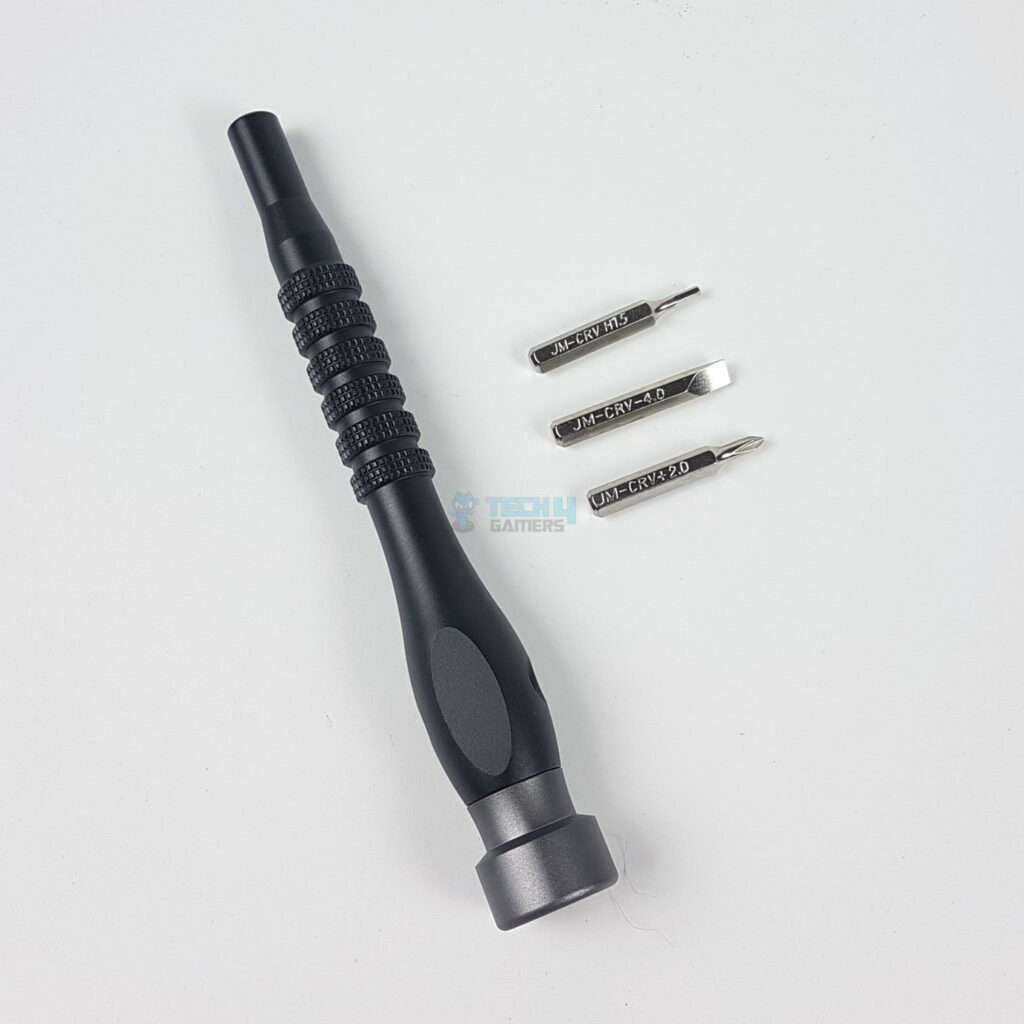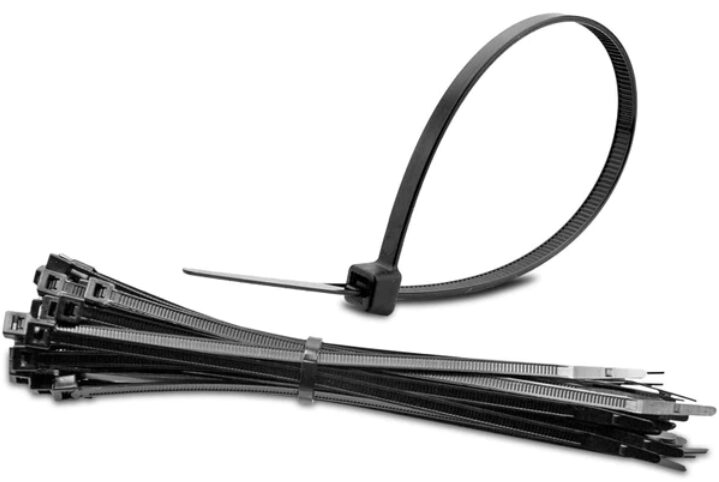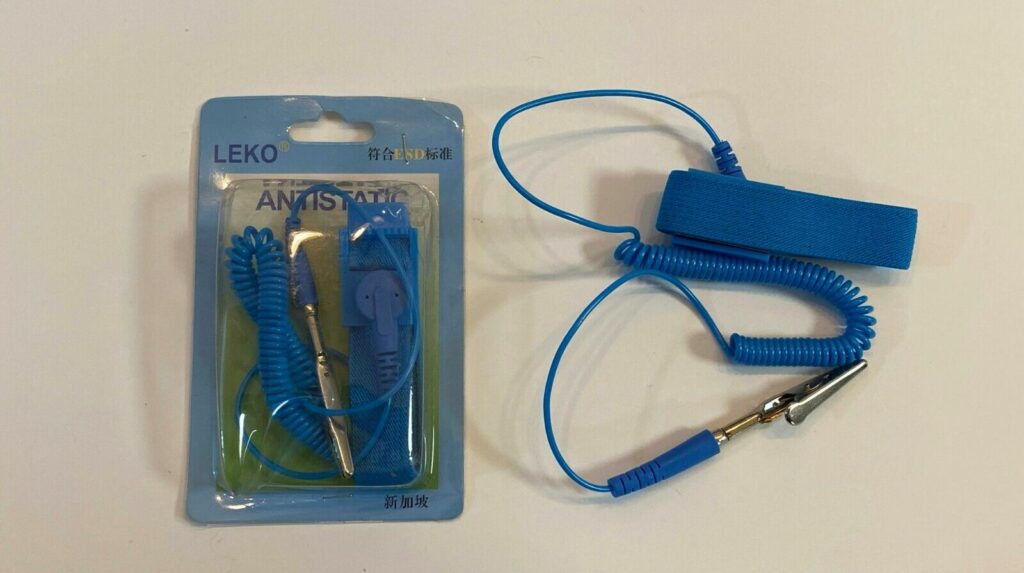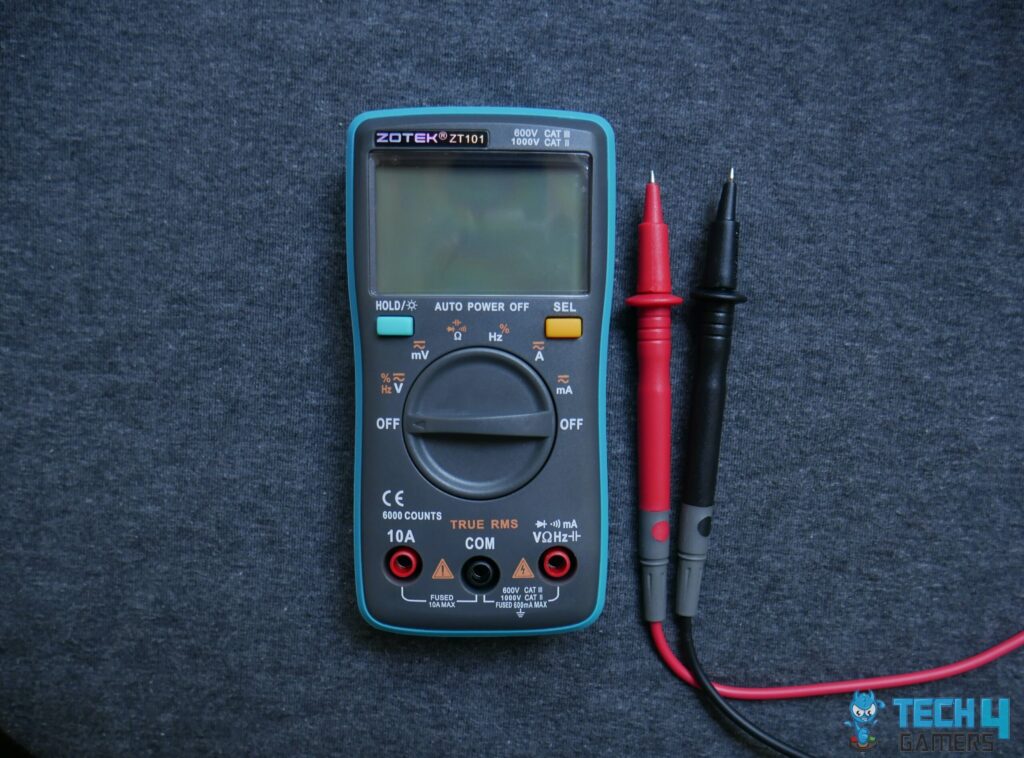- It’s possible to build PCs using only a screwdriver, but magnetic-tip screwdriver kits are preferred in most cases.
- Having cable and zip ties in your toolkit will help keep your build clean without any needless cables sticking out from the back.
- Anti-static mats can be lifesavers by protecting the PC components and the builder from spreading static current.
- Multimeters can help detect issues with power supplies and motherboards before any grave damage is done.
- Having a spare can of compressed air can come in handy when troubleshooting PCs.
As someone who has been building PCs for years, I have learned the hard way that having the right tools is crucial not only for a better build but also to save you from many headaches. Therefore, if you’re about to build your first PC, here are the most used PC-building tools I have gathered over the years. From screwdriver sets to a trusty socket wrench, you can’t undermine any of them.
The Most Important Tool: A Screwdriver

Even if you don’t buy anything else, a screwdriver is the most essential tool in your kit. You generally only require a screwdriver to build a PC; the other tools are rudimentary and only help with cable management or voltage checks. I prefer using a magnetic-tip screwdriver as it helps keep the tiny screws from getting lost inside the PC case.
A good screwdriver set should have various sizes and heads, specifically Philips and flathead, covering most of the screws you’ll have to face during your building adventures.
Using Cable & Zip Ties For Cable Management

Aside from a screwdriver, having a bunch of cables and zip ties can be a lifesaver when you start cable management. Not only is cable management an often overlooked aspect of PC building, but without proper tools, it can be a hassle to place them at the back of the PC aesthetically.
That’s why I swear by cable and zip ties to keep my cables under control. You can use general-purpose cable ties, too, but I buy specific ones from CableMod to match the PC build’s aesthetics while ensuring top-tier quality.
The Importance Of An Anti-Static Mat

If you’re new to PC building, you may not have been hit by a spark while connecting the CPU to the motherboard while keeping it on a flat surface. As someone who has faced it first-hand, I guarantee an anti-static mat will help keep the screws in one place, keep your PC build within boundaries, and save it from any potential sparks.
To keep things clean, I use the iFixit Portable Anti-Static Mat, which comes with an anti-static wrist strap. This mat and wrist ensure that no static electricity passes between the components and me.
Measuring Voltage With A Good Multimeter

Besides an anti-static mat, I like keeping a good multimeter in my toolkit to measure the voltage of the power supply and motherboard VRMs. It’s always good practice to check whether PC components are working properly to prevent any serious damage.
Obviously, a multimeter isn’t the most important tool, but I have grown accustomed to using one over the years, making it one of my most used PC-building tools. If you’re thinking of purchasing one, any multimeter around $20 to $30 should do the trick; you don’t necessarily require an expensive one.
Keeping The Dust Away With A Reusable Compressed Air Can
Although not entirely viable for PC building, I always keep a reusable compressed air can in my toolkit for times when dusty PCs cause thermal throttles. Dust is the enemy of PC components, and you should occasionally clean your PC. Therefore, using a reusable air canister can hasten the process.
You can use the air canister to blow off the dust from case fans, the CPU cooler’s heatsink, and even the graphics card. Moreover, using compressed air allows me to reach crevices a cotton slob can’t reach. The low cost of these reusable compressed air canisters makes them a crucial fit in my toolkit.
Building PCs With The Right Tools
Concluding, when you’re using the right tools, building PCs can be exhilarating, efficient, and effective. While I recommend making a toolkit for yourself, if you’re looking for a low-cost solution, a magnetic screwdriver is more than enough to help build your entire PC. However, you may also need thermal paste if your CPU cooler doesn’t have any pre-applied to it, so you should look into that before starting your build.
On the other hand, if you don’t want to spend time selecting the parts and building the PC yourself, you can always purchase a pre-built PC. In any case, remember that investing in quality tools will help make your job easier and will protect your PC components from potential damage.
Thank you! Please share your positive feedback. 🔋
How could we improve this post? Please Help us. 😔
[Editor-in-Chief]
Sajjad Hussain is the Founder and Editor-in-Chief of Tech4Gamers.com. Apart from the Tech and Gaming scene, Sajjad is a Seasonal banker who has delivered multi-million dollar projects as an IT Project Manager and works as a freelancer to provide professional services to corporate giants and emerging startups in the IT space.
Majored in Computer Science
13+ years of Experience as a PC Hardware Reviewer.
8+ years of Experience as an IT Project Manager in the Corporate Sector.
Certified in Google IT Support Specialization.
Admin of PPG, the largest local Community of gamers with 130k+ members.
Sajjad is a passionate and knowledgeable individual with many skills and experience in the tech industry and the gaming community. He is committed to providing honest, in-depth product reviews and analysis and building and maintaining a strong gaming community.




